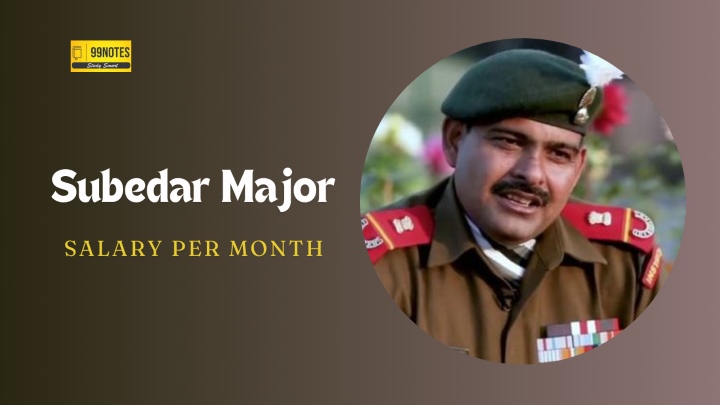Guidelines for Dignified End-of-Life Care: Health Ministry Drafts Framework for Withdrawing Life Support in Terminally Ill Patients
(Source: Indian Express; Section: Explained; Page: 19)
| Topic: GS2 – Social Justice
GS4 – Ethics |
| Context: |
|
Analysis of News:
What is Passive Euthanasia?
-
- Euthanasia is the practice of ending the life of a patient to limit the patient’s suffering.
- Types of Euthanasia:
-
- Active Euthanasia:
-
-
- Active euthanasia occurs when the medical professionals, or another person, deliberately do something that causes the patient to die, such as administering a lethal injection.
-
-
- Passive Euthanasia:
-
-
- Passive euthanasia is the act of withholding or withdrawing medical treatment, such as withholding or withdrawing life support, with the intention of allowing a person to die.
-
Framework for Withholding or Withdrawing Life-Sustaining Treatment
- The guidelines call for the establishment of Primary and Secondary Medical Boards at hospitals.
- The Primary Board, led by the treating doctor, evaluates if continued treatment would benefit the patient.
- The Secondary Board, appointed by district health officials, reviews this decision, ensuring a thorough assessment before treatment is withdrawn.
Definition and Legality of Withholding/Withdrawing Life-Sustaining Treatment
- Withholding or withdrawing life-sustaining treatment involves stopping interventions that artificially sustain life (like ventilators), allowing a terminal illness to progress naturally.
- This approach, supported by the Supreme Court under Article 21 (Right to Life), aligns with a patient’s right to refuse treatment.
Advance Medical Directives and Living Wills
- An Advance Medical Directive (or living will) enables patients to specify treatment preferences in advance.
- Simplified by the Supreme Court in 2023, it requires an executor, two witnesses, and at least two surrogate decision-makers who can act on the patient’s behalf if they lose decision-making capacity.
Medical and Ethical Processes
- Hospitals constitute a Primary Medical Board (including the treating doctor and two experts) and a Secondary Medical Board (including a practitioner nominated by the district Chief Medical Officer) to confirm or veto withdrawal requests.
- Consent from surrogate decision-makers and notifications to a local magistrate are essential parts of this procedure.
Euthanasia vs. Withdrawal of Life Support
- Euthanasia involves actively ending a life, which differs fundamentally from the passive approach of life support withdrawal, aiming instead to reduce suffering without extending the dying process unnecessarily.
- The term “passive euthanasia” has often led to misconceptions, which the guidelines address.
Role of Doctors and Shared Decision-Making
- Doctors are not tasked with “playing God” but rather with guiding ethically informed decisions, collaborating with families to honor patients’ rights.
- This “shared decision-making” model respects patient autonomy, safeguards medical professionals, and ensures transparency and legal protection in sensitive cases.
| Euthanasia in India |
|
| Practice Question: Examine the ethical, legal, and social implications of the Ministry of Health and Family Welfare’s guidelines on withdrawing life support for terminally ill patients in India. How do these guidelines align with the Right to Life under Article 21 of the Indian Constitution? (250 words/15 m) |



